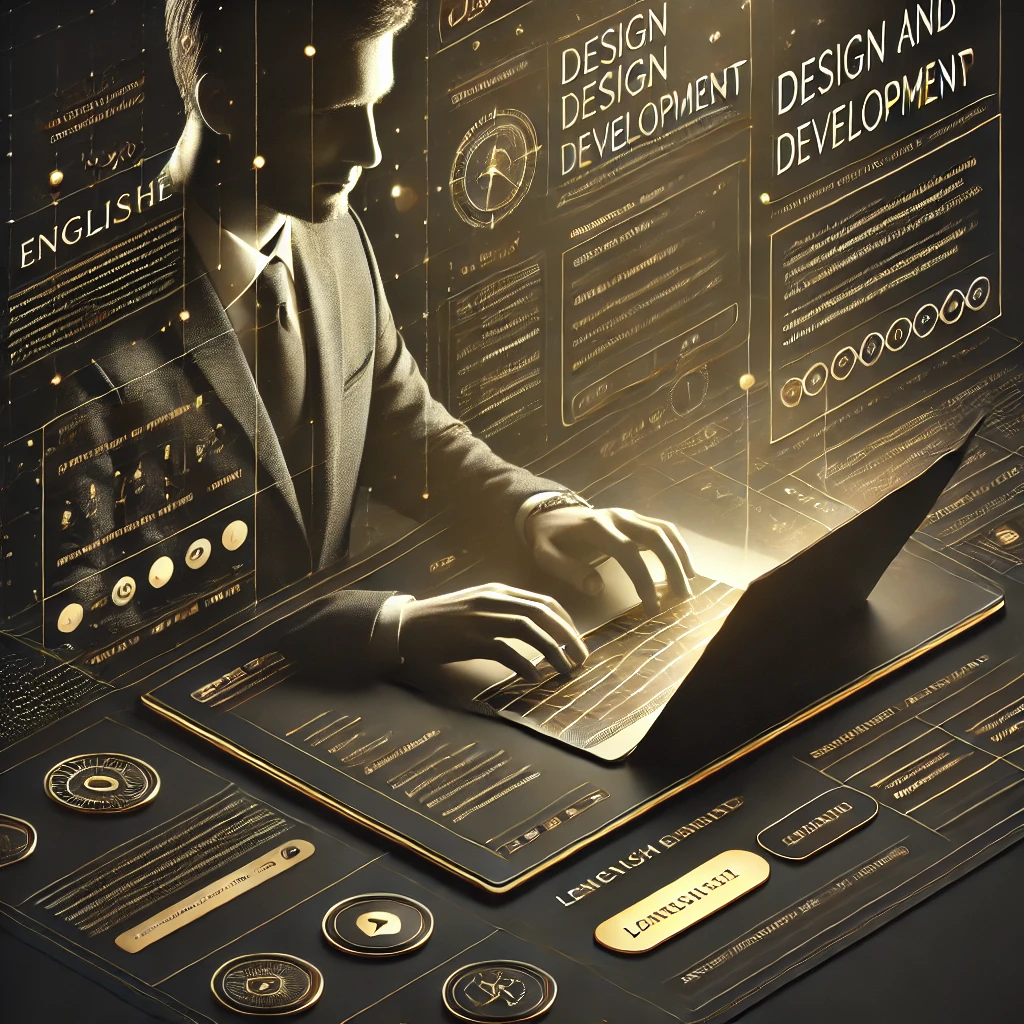Design:
Design focuses on the aesthetics, usability, and user experience (UX) of a product. It’s about how something looks and how easy it is to use.
Key Aspects of Design:
-
User Interface (UI) Design: Refers to the visual elements of a product. This includes layout, color schemes, typography, icons, buttons, and overall style.
- Example: How an app screen looks on a smartphone, including buttons and navigation.
-
User Experience (UX) Design: Refers to the overall experience a user has when interacting with a product. UX design is concerned with making the product intuitive, efficient, and enjoyable to use.
- Example: How easy it is to find information on a website or how a user flows through an app.
-
Graphic Design: Focuses on the creation of visuals like logos, brochures, marketing materials, and digital graphics.
-
Prototyping: Before development, designers often create mockups or prototypes, which are visual representations of the final product. Tools like Figma, Adobe XD, and Sketch are used for this purpose.
-
Responsive Design: Ensures the product works well on different screen sizes and devices. For example, a website should look good on both a mobile phone and a desktop computer.
Development:
Development, or coding, is the process of building the actual product, turning the design into a functional, working application or website.
Key Aspects of Development:
-
Front-End Development: Refers to the parts of a website or app that users interact with directly. It’s the implementation of the design using code.
- Languages: HTML, CSS, JavaScript
- Frameworks: React, Angular, Vue.js
-
Back-End Development: Refers to the server-side of an application, managing databases, server logic, and security.
- Languages: Python, Ruby, PHP, Java, Node.js
- Databases: MySQL, MongoDB, PostgreSQL
-
Full-Stack Development: Combines both front-end and back-end development. Full-stack developers can handle both design implementation and server-side logic.
-
Mobile App Development: Focuses on building applications specifically for mobile devices. This includes developing for iOS (Swift) and Android (Java/Kotlin).
-
Testing & Debugging: After development, testing ensures the product functions as intended. Bug fixing is an essential part of this phase.
-
Deployment: The process of launching the product live for users to access. This may involve setting up servers, configuring hosting, and ensuring that the site or app is accessible to the public.
How Design & Development Work Together:
- Collaboration: Designers create the blueprint, and developers bring it to life. Both teams need to communicate closely to ensure the design can be implemented properly and that the final product works as intended.
- Iterative Process: In many cases, the design and development processes are iterative, meaning they are refined over time through feedback and testing.



Add New Comment